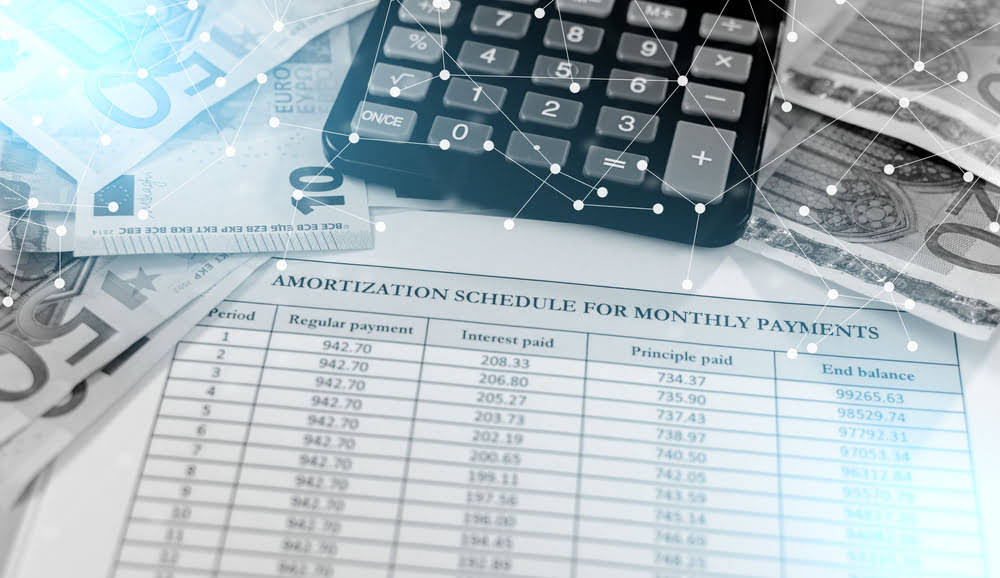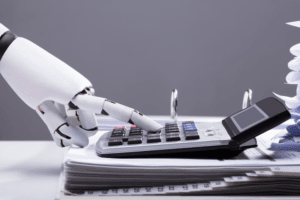
Companies manage their plant assets by keeping track of them, making repairs when needed, and replacing them plant assets are defined as at the right time. Knowing when equipment will likely need replacement helps plan capital expenditures wisely; this ensures continuous operation without unexpected downtime or costs due to failed assets. This means that we don’t reduce its value over time through depreciation.

AccountingTools
- The later years are charged a lower sum of depreciation based on the assumption that lower revenue is generated.
- A manufacturing plant uses its equipment to create products, directly contributing to its core business activities.
- In actual practice, it is not only difficult but impractical to identify how much of the plant assets have actually been used to produce business revenue.
- In this article, we will talk about non-current tangible assets and, specifically the plant assets.
- Companies record these assets on their balance sheets at historical cost minus depreciation.
- For example, straight-line depreciation divides an asset’s initial cost by its expected lifespan.
These assets are used for operating the business functions and generating revenues in the financial periods. Understanding plant assets is clearer when distinguishing them from other asset categories. Current assets, for instance, are short-term resources expected to be converted into cash, used up, or sold within one year. Examples include cash, accounts receivable (money owed by customers), and inventory held specifically for sale. Plant assets, in contrast, are long-term investments not intended for immediate conversion to cash or consumption. Plant assets are a group of assets used in an industrial process, such as a foundry, factory, or workshop.
Reporting Plant Assets on Financial Statements
There are several methods to calculate depreciation, but all reflect how assets lose value over time. In addition to buildings, plant assets also include both fixed and moveable equipment. Fixed equipment is part of the physical structure, like heating systems or fire sprinklers. Even the smallest business has assets, which can include everything from cash in the bank, to the computer you’re working on, to the building where you manufacture piggy banks. Monte Garments is a factory that manufactures different types of readymade garments. The company also has a printing press for printing customized merchandise with brand designs.

Straight Line Method
Nor does PP&E consider the value of current assets that can be converted to cash within a year. This depreciation is calculated during each reporting period, and the measurements are cumulative. Land appreciates rather than depreciates, so it’s accounted for at market value. PP&E can be physically touched, unlike a patent or copyright, which is why they’re also referred to as fixed assets. PP&E can’t be quickly sold to raise cash in a financial crisis and is noncurrent in financial terms with a useful life of more Travel Agency Accounting than a year.

For instance, purchasing heavy machinery or a building often demands a substantial upfront cost that impacts a company’s cash flow and financial planning. As high-value assets, plant assets represent a considerable portion of a company’s long-term investments. Their value is not just in the initial purchase but in their ability to generate ongoing benefits for the business over many years. Since plant assets have a finite useful life, they experience gradual wear and tear, which decreases their value over time—a process known as depreciation. Depreciation is a crucial accounting practice as it allocates the cost of an asset across its useful life, matching the expense with the revenue it helps generate.
- Plant assets are recorded at their cost and depreciation expense is recorded during their useful lives.
- This category of assets is not limited to factory equipment, machinery, and buildings though.
- Buildings are vital for housing employees, storing inventory, or hosting customers, and they may be repurposed or expanded as a business grows.
- It includes cash/bank, short-term securities, inventories, account receivables, etc.
- These assets are used for operating the business functions and generating revenues in the financial periods.
We hope you’ll know the difference between plant assets and other non-current assets and the accounting treatment. Later on, the company will charge the depreciation according to the method of depreciation it usually follows. 18,000 USD must be charged to the plant asset account for every financial year as a depreciation expense. Plant assets have distinct characteristics that set them apart from other types of business assets. These assets are essential to operations, often involve substantial investment, and have unique accounting requirements due to their long-term nature.
Plant Asset Examples
- These assets encompass items like land, buildings, machinery, vehicles, and equipment—resources that contribute directly to a company’s production and services.
- These fixed assets help companies create income by being part of the production process or by getting rented out.
- Plant assets (other than land) are depreciated over their useful lives and each year’s depreciation is credited to a contra asset account Accumulated Depreciation.
- These assets are actively used in the normal course of business to produce goods or services, not held for speculative investment or immediate resale.
- As it involves heavy investment, proper controls should be put in place to secure the assets from damage, pilferage, theft, etc.
Plant assets (other than land) are depreciated over their useful lives and each year’s depreciation is credited to a contra asset account Accumulated Depreciation. Plant assets are deprecated over their useful lives using the straight line or double declining depreciation methods. This cost would be capitalised and added to the asset’s book value on the balance sheet.
Proper asset identification, using methods such as asset tags or labels, is crucial for maintaining accurate records and facilitating efficient https://danko-clinic.cv.ua/archives/1018/how-to-do-accounting-for-an-llc-everything-you/ maintenance schedules. They include machinery, equipment, and buildings needed to make products or provide services. These fixed assets help companies create income by being part of the production process or by getting rented out. Delving into plant assets reveals an array of crucial resources, varying from the solidity of land to the sophistication of digital software.